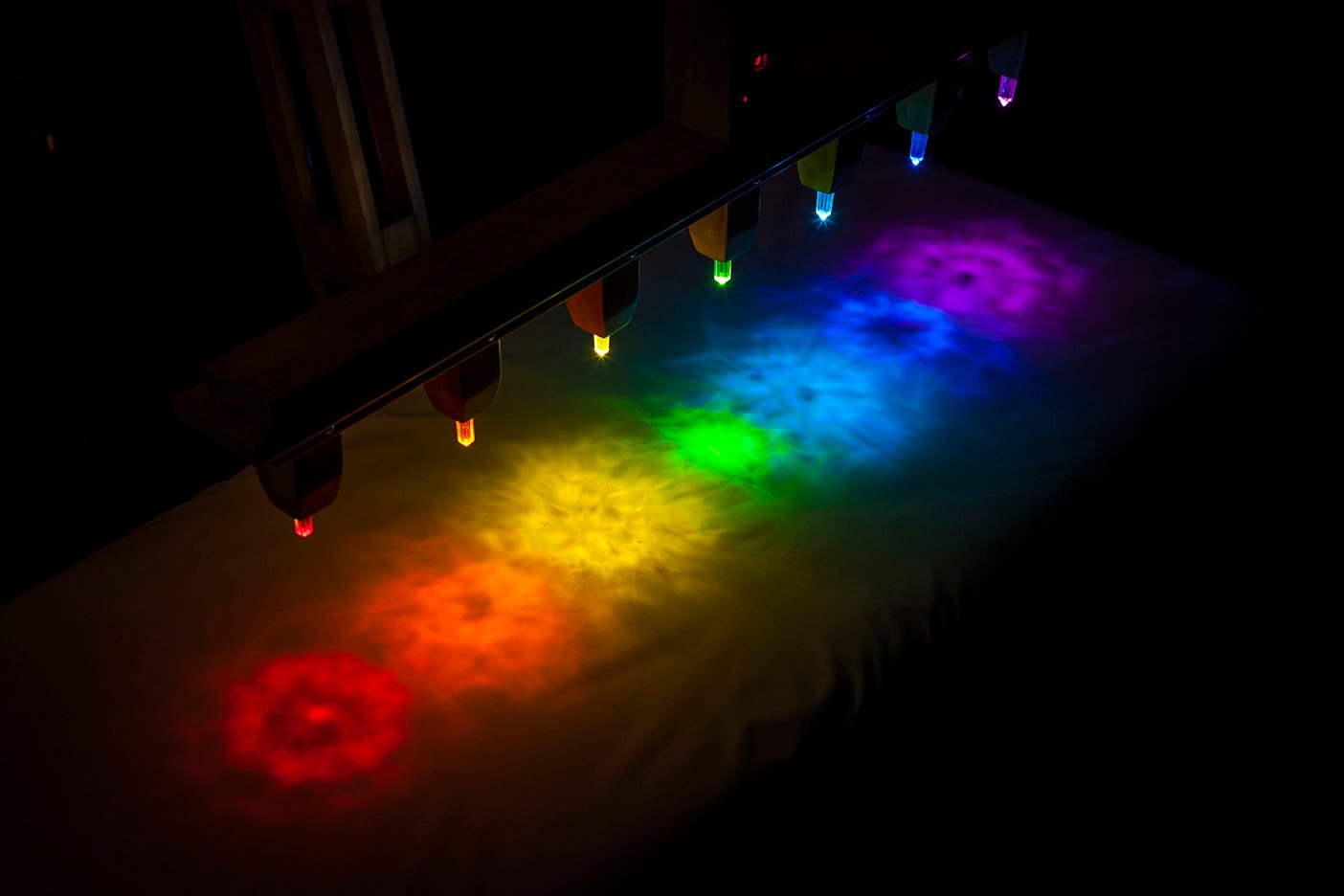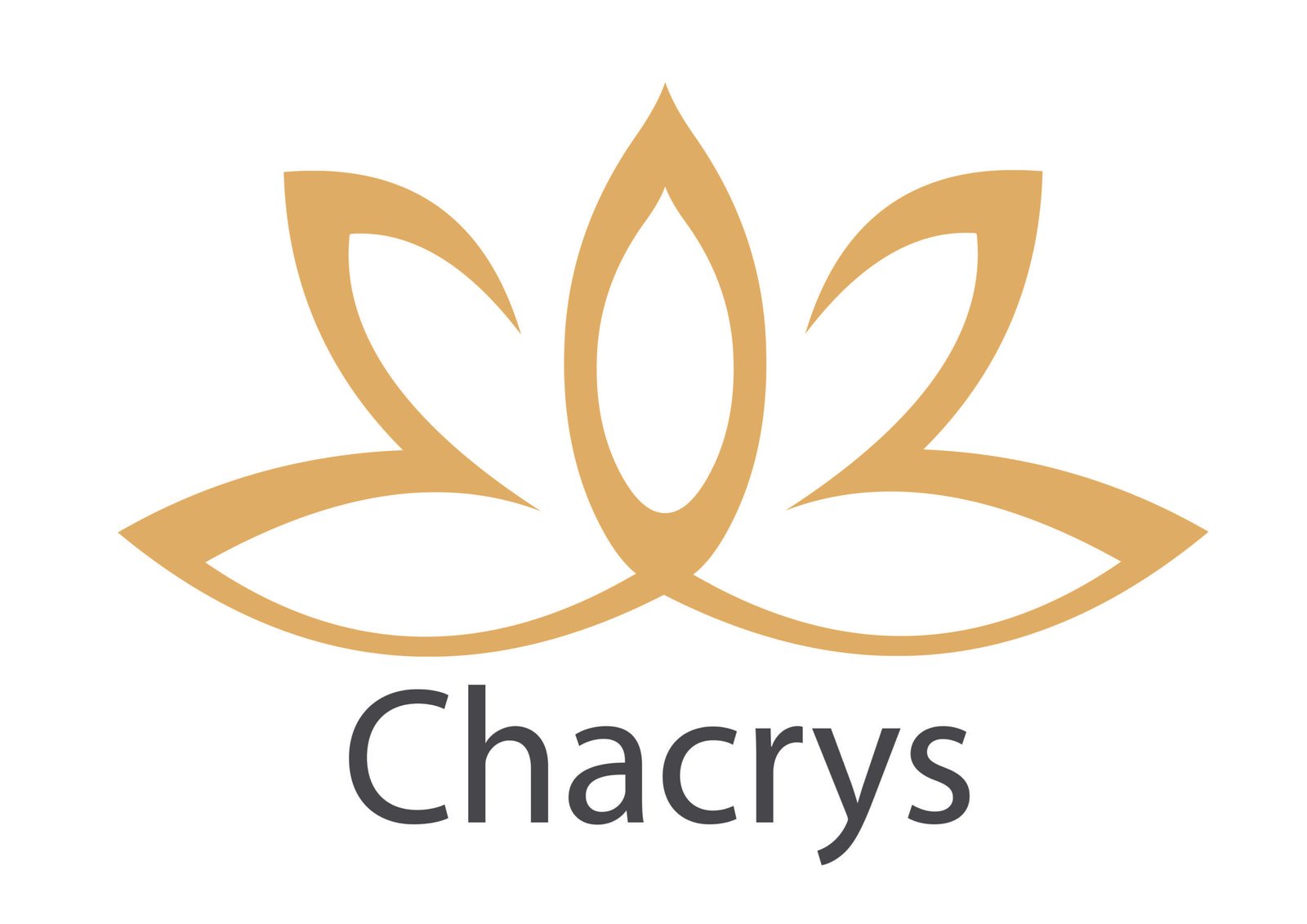
Lapis Lazuli Crystal – Meaning, Benefits, Healing Properties & How to Use
What is Lapis Lazuli?
Lapis Lazuli is midnight sky crushed into stone and peppered with pyrite stars. Geologically it’s a metamorphic rock—chiefly lazurite—but studded with calcite veils and metallic pyrite flecks. The fabled mines of Badakhshan in Afghanistan have yielded royal-blue boulders for 6,000 years, shipped along caravan routes, ground into ultramarine, and pressed into scarab seals. In raw light it can look dull; polish it and blue turns almost velvety. On the Mohs scale it hovers around 5–5½—hard enough for inlay, soft enough for a careful knife to score.
Benefits of Lapis Lazuli
Practitioners reach for lapis when conversations shrink to shallow ripples. Reported effects include steadier vocal pitch in presentations, sharper discernment when sorting fact from rumor, and a gentle refusal to edit oneself down to please others. Because the stone often carries golden pyrite sparkles, many people say it stitches intellect and intuition, wiring loftier ideals into pragmatic circuits. These impressions are anecdotal; still, color psychology shows deep blues can moderate pulse rate and invite reflective thought—already a win.
How to Use Lapis Lazuli?
Place a tumbled stone on written drafts before the final read-through; its calm saturation encourages honest revisions. Keep a thumb-sized piece in your pocket during strategy meetings and tap the pyrite glints when you need to steer talk back on course. Artists can soak a strip of cotton in water, wrap it around a lapis slab overnight (no immersion), then use the tinted cloth as a symbolic bookmark in sketchbooks—each blue smudge whispers, risk richer hues.
Healing Properties of Lapis Lazuli
Color range: royal-blue to indigo, marbled with snow-white calcite and brassy pyrite. Formula: mainly (Na,Ca)₈(AlSiO₄)₆(S,SO₄,Cl)₂. Primary sources: Afghanistan, Chile’s Andes, Russia’s Lake Baikal environs. Energetic shorthand: candid speech, panoramic vision, inner constellations.
Lapis Lazuli Cleaning and Maintenance
Avoid acids and ultrasonic cleaners—both pit lazurite. Wipe gently with a barely damp cloth, dry at once. Sunlight fades pigment; give it moonlight instead. To refresh its “voice,” nestle the stone on sheet music or a well-loved novel overnight. Wrap in felt so harder gems don’t scratch its surface.

